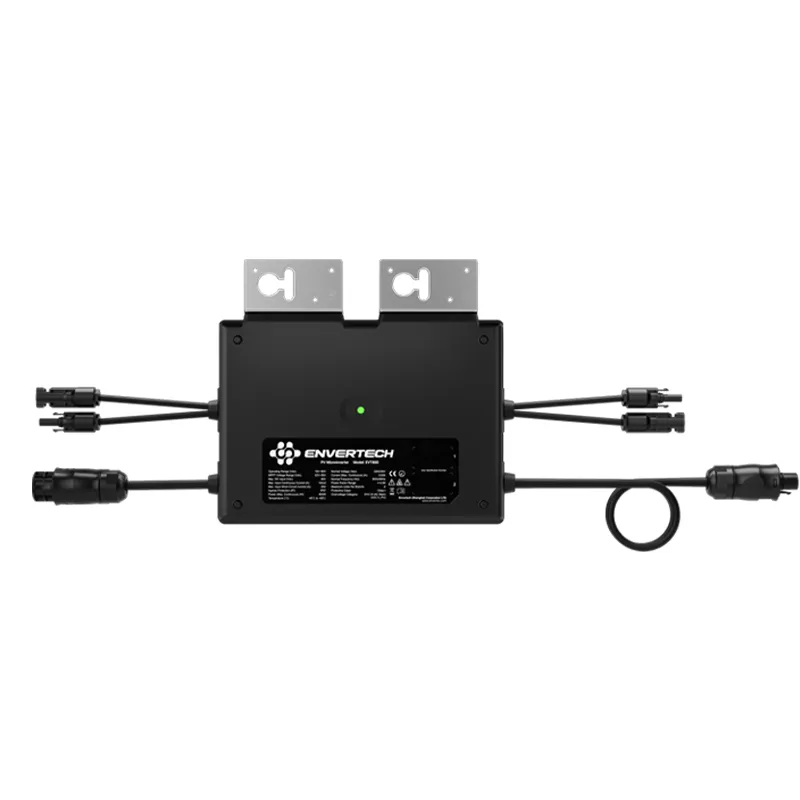Comparison of Solar Micro Inverters and String Inverters for Optimal Energy Efficiency
Solar Micro Inverter vs. String Inverter A Comprehensive Comparison
As the demand for renewable energy continues to rise, solar power systems have gained immense popularity among homeowners and businesses alike. Two of the most common types of inverters used in solar energy systems are micro inverters and string inverters. Understanding the differences between these two types can help you make an informed decision when installing a solar power system for your needs.
What is a Solar Inverter?
Before we delve into the comparison, it's essential to understand what a solar inverter does. The primary function of an inverter is to convert the direct current (DC) electricity generated by solar panels into alternating current (AC) electricity, which can be used by household appliances and fed back into the electrical grid.
Micro Inverters
Micro inverters are small inverters that are attached to each individual solar panel in a solar power system. This design offers several advantages
1. Enhanced Performance One of the primary benefits of micro inverters is their ability to maximize energy production. Since each panel operates independently, shading, dirt, or damage to one panel does not significantly impact the performance of the others. This is particularly beneficial in installations where panels may face different orientations or shading conditions.
2. Simplified Monitoring With micro inverters, homeowners can monitor the performance of each panel individually. This granular monitoring allows for quicker identification and troubleshooting of any issues that may arise.
3. Easier Installation and Scalability Micro inverters can simplify installation and allow for easier future expansion of the solar system. If a homeowner decides to add more panels later, they can do so without needing to change the existing inverter.
4. Increased Safety Since micro inverters operate at low voltages, they pose less risk of electrical shock compared to string inverters, which work with high voltage DC.
String Inverters
String inverters, on the other hand, are designed to support multiple solar panels connected in series, known as a string. This type of inverter has its own set of advantages
solar micro inverter vs string inverter

1. Cost-Effective String inverters are generally more affordable than micro inverters, making them a popular choice for residential and commercial solar installations. Their lower upfront cost can lead to significant savings, especially for larger systems.
2. Simplicity and Reliability With fewer components, string inverters are generally simpler and can be easier to maintain. They also have proven technology with a strong track record for reliability.
3. Centralized Monitoring Unlike micro inverters, which require individual monitoring for each panel, string inverters provide centralized performance data. This can be sufficient for many homeowners who do not require detailed analysis.
Key Considerations
When deciding between micro inverters and string inverters, several factors should be considered
- Installation Environment If your solar panels will be subjected to shading or installation on roofs with varying angles, micro inverters may be a better option due to their ability to perform optimally under such conditions.
- System Size and Budget For smaller, budget-conscious installations, string inverters may present a more feasible choice, given their lower costs.
- Future Expansion If you plan to expand your solar system in the future, micro inverters can offer greater flexibility.
- Maintenance and Monitoring Consider how much monitoring you wish to do. Micro inverters provide detailed data per panel, while string inverters offer broader insights.
Conclusion
Ultimately, the choice between solar micro inverters and string inverters depends on your specific needs, environmental conditions, and budget. Each type has its advantages, and understanding these can help you select the best system for your solar energy project. As technology continues to evolve, both micro inverters and string inverters will likely play crucial roles in the pursuit of efficient and sustainable energy solutions.
-
String Solar Inverter: The High-Efficiency Solution for Smart Solar EnergyNewsJul.14,2025
-
Revolutionizing Rooftop Energy with the Power of the Micro Solar InverterNewsJul.14,2025
-
Power Independence with Smart Off Grid Solar Inverter SolutionsNewsJul.14,2025
-
On Grid Solar Inverter: Powering the Future with Smart Grid IntegrationNewsJul.14,2025
-
Monocrystalline Solar Panels: High-Efficiency Power for the Future of Clean EnergyNewsJul.14,2025
-
Bifacial Solar Panel: A Smarter Investment for Next-Generation Energy SystemsNewsJul.14,2025







